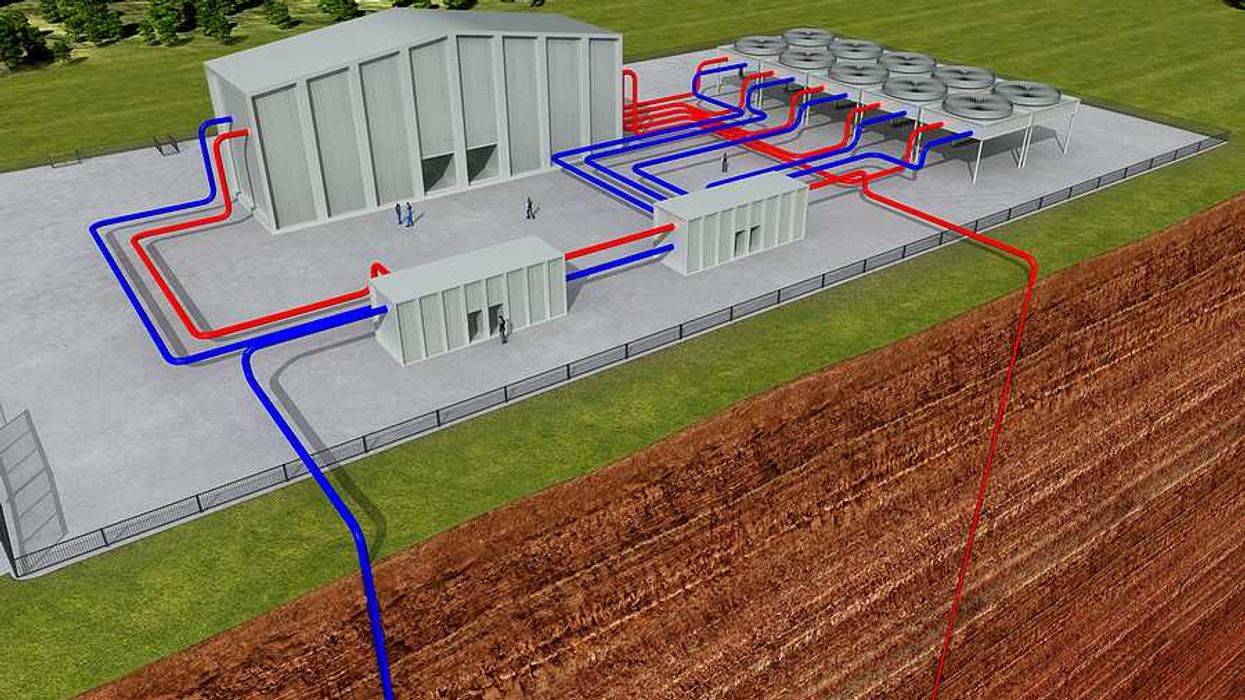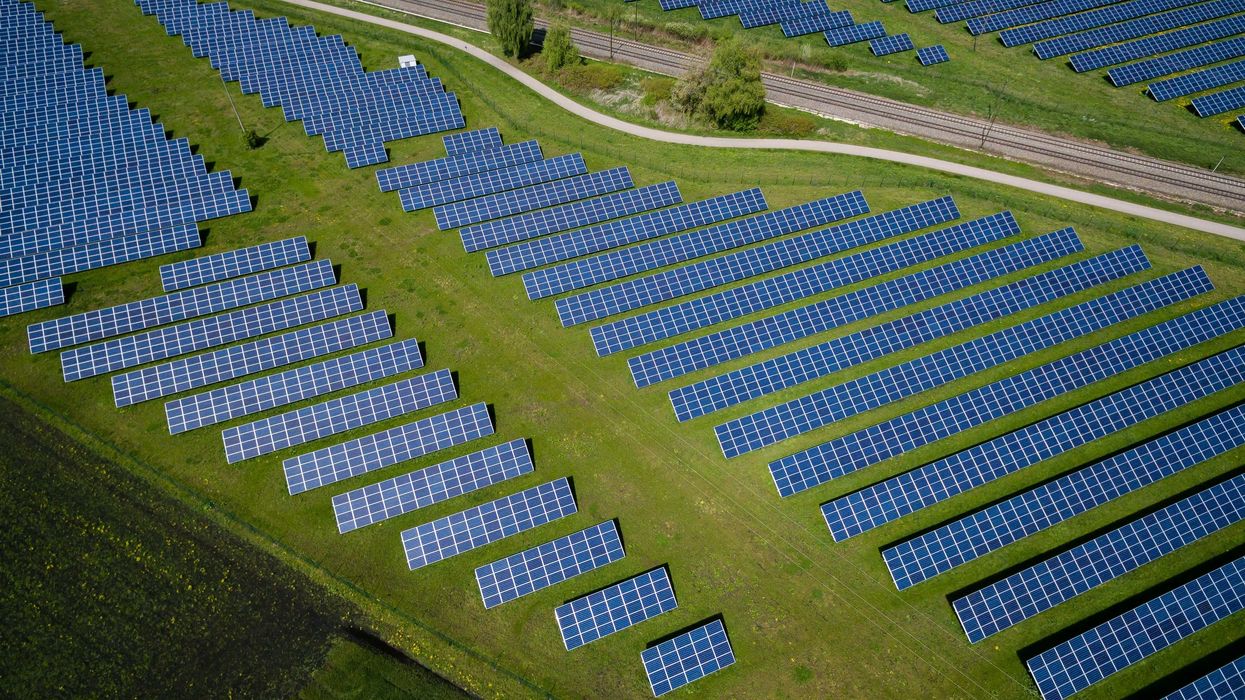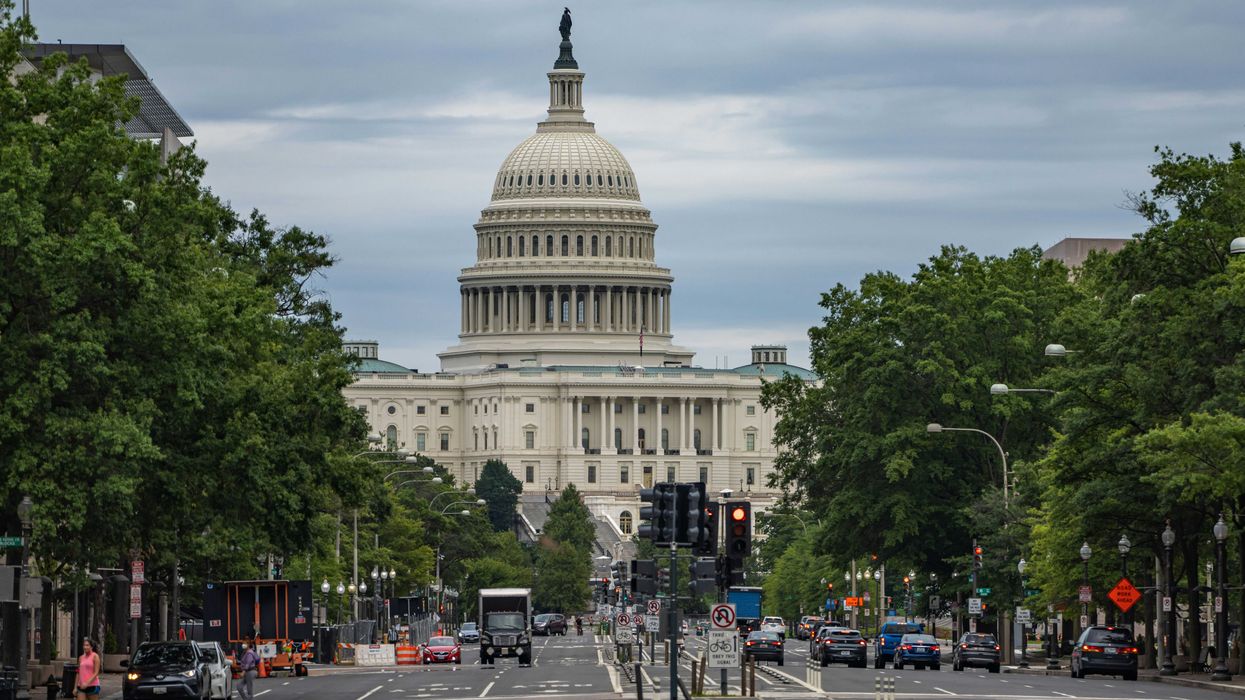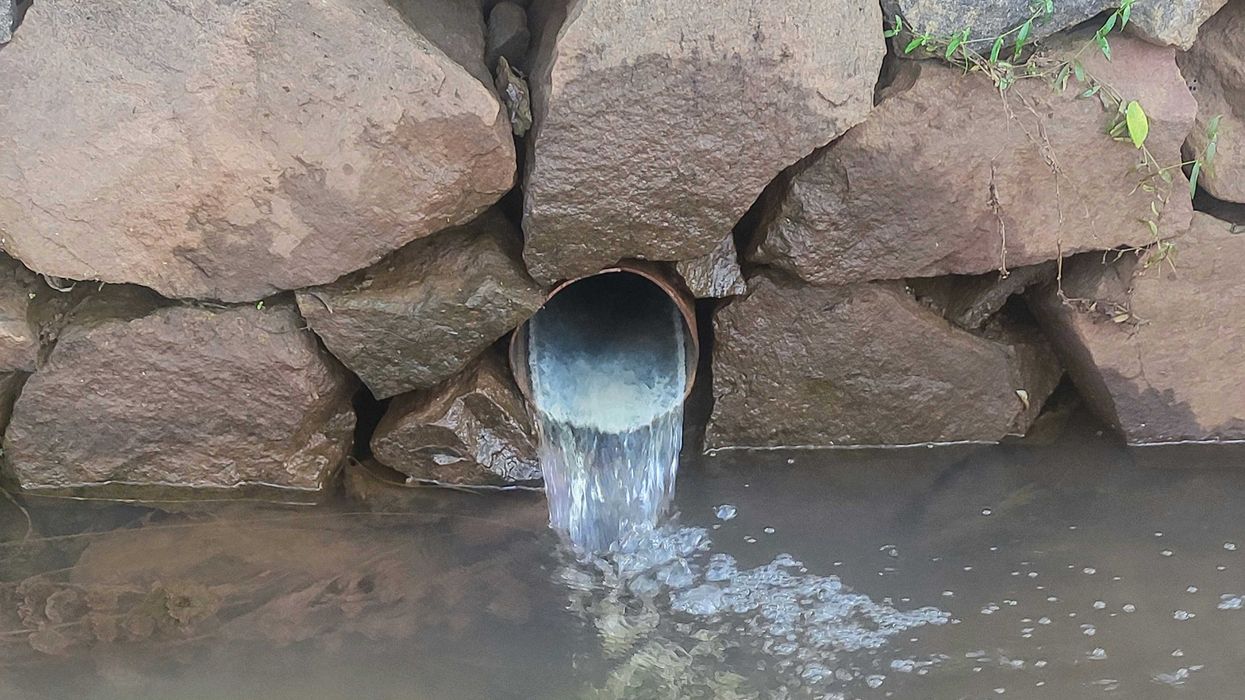California’s AB 617 program, designed to give residents in the state’s most polluted communities power to cut local air pollution, is at a crossroads as lawmakers weigh its funding and enforcement powers.
Guy Marzorati reports for KQED.
In short:
- AB 617, launched in 2017, created local steering committees to craft air quality improvement plans in heavily polluted communities, but those plans lack legal authority.
- Richmond’s “Path to Clean Air” plan targets Chevron’s refinery emissions and calls for a transition away from fossil fuels, but the city’s economy remains tied to the refinery.
- Upcoming cap-and-trade renewal talks in Sacramento could reshape AB 617’s funding, with some leaders pushing to broaden the program and give community plans enforcement power.
Key quote:
“They put together these really thoughtful and nuanced plans. And then they’re told, ‘Well, that’s really a nice document you put together, gold star.’”
— Dan Ress, attorney at the Center on Race, Poverty and the Environment
Why this matters:
For decades, communities clustered near oil refineries, ports, and highways have shouldered the heaviest burden of California’s industrial air pollution. These areas, often home to Black, Latino, and low-income residents, face elevated rates of asthma, heart disease, and other pollution-linked illnesses. Programs like AB 617 attempt to shift decision-making power from regulators to residents, a rare approach in environmental policy. But without binding rules, local emission reduction plans can remain symbolic. The stakes extend beyond local air quality: How California funds and enforces such programs will shape whether frontline neighborhoods see real health improvements or continue absorbing the costs of the state’s industrial and energy economy.
Read more: Refinery safety rules in California face rollback after industry settlement
















